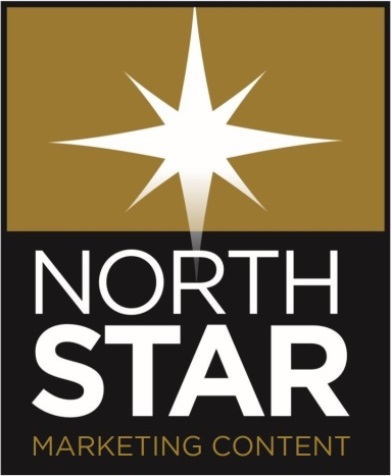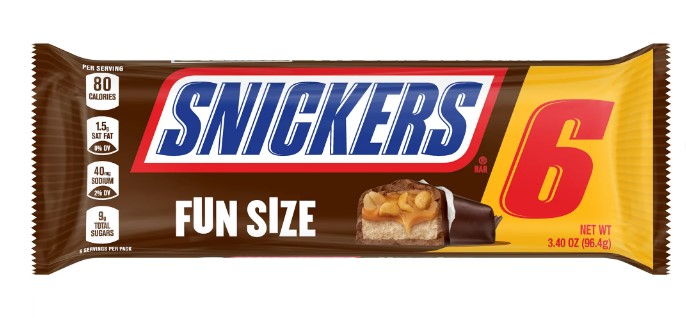It’s a strange thing when you trade in words, as we do. You’re constantly being told to deliver as few words as possible, because people don’t want them. Or at least, they don’t want many of them.
Is it time for us to start selling tacos? People always want lots of those.
The odd conundrum of the marketing content business is that it’s based on this idea: People need to know more about you. They need to know what’s valuable, distinctive and impactful about what your company does. The better they know it and understand it, the more likely they are to buy from you.
Yet conventional wisdom within the industry says: Keep it short. (We could expand on that, but . . . you know.)
Supposedly the worst thing someone can say about a piece of writing is that it’s “wordy,” as if written content could consist of anything other than words.
And those held up as the heroes of branding are usually those who found ways to allegedly say a lot with microscopic smidgens of the English vocabulary.
Just do it.
Have it your way.
Got milk?
You’re in good hands.
Finger lickin’ good.
Snap! Crackle! Pop!
We will be the first to acknowledge that these represent some fine work. They’re memorable. They take the initiative and define their brands. It’s not easy to accomplish so much with so little, and every one of the creative writers involved with these campaigns found a way to do so.
But while this level of branding establishes positioning, it doesn’t really teach you anything. No one delves very deeply into the distinctions between shoes or burgers or cereals. If you want or need one of the above, you generally go and buy the one you feel best about. But you already understand why you would decide to buy (or not buy) in these product categories.
In business-to-business communication, we’re often telling the story of innovation. Over the course of our history, we’ve told the stories of everything from a plastic injection-molded car body to on-board truck scales and digital software products to improve and simplify business operations.
You need more words to tell stories like these. Many more. There is a lot to tell. In 2023, our most frequent topic was cybersecurity. It’s a complex and ever-changing subject. You’re not going to tell it in a five-word tagline, as much as you’d like to slap “Hands Off, Evil Geeks” on everything and be done with it.
So we are very much in the business of substantive marketing content – telling the full stories, frequently and in detail, of what our clients bring to the table and why it matters. We aren’t going to write 2,000 words if we’ve already made the case with 700. But we’re not going to be shy about writing 2,000 if that’s what’s needed to make the target audience fully understand our clients’ value propositions.
But what about the notorious short attention spans of, allegedly, everyone?
Remember: Even if that’s true, you don’t write for everyone. The client’s innovation might be irrelevant to millions of people who won’t read more than three words that tell them which sneakers are cool. But a few hundred business executives really need what the client is doing, and they want to understand it as well as they can. They will read every word.
So we will write those words. We’re content marketers who are not afraid to go big – and long – if the substance of the message calls for it. We trust those in our clients’ target markets to stick with us while we share the information that could change the game for them.
Companies who are doing really interesting things are doing themselves a disservice by trying to distill their messages into bite-size morsels. Explain. In detail. We’re here to help. You didn’t work that hard developing your product or service just so you could get stuck trying to come up with an explanation that would fit on the wrapper of a “fun-size” Snickers bar.
Besides, everyone knows the giant Snickers are way more fun.

